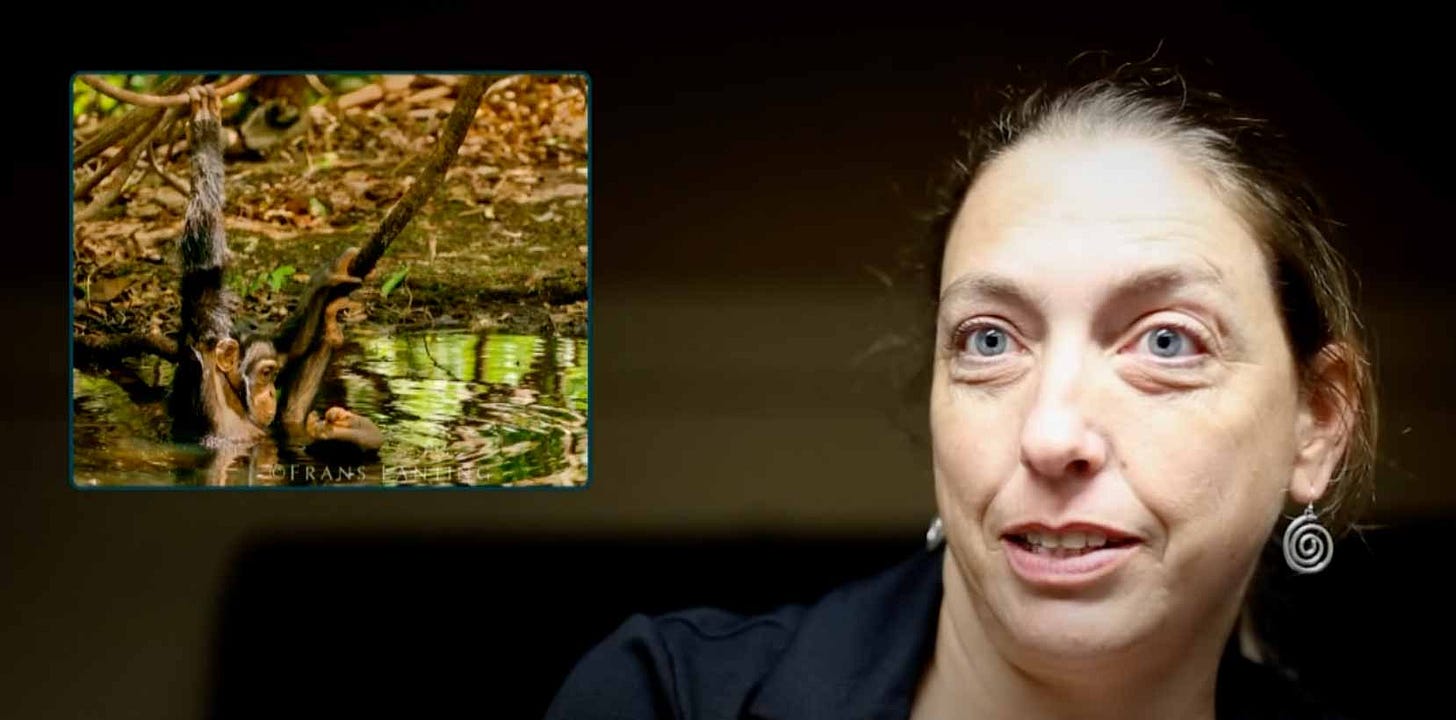Interview with Dr. Jill Pruetz about chimpanzees in a savanna habitat
I speak with Dr. Pruetz about her fieldwork with chimpanzees at Fongoli, Senegal.
Dr. Jill Pruetz is a primatologist whose fieldwork at Fongoli, Senegal, has provided a window into the lives of chimpanzees. Fongoli is savanna habitat, with a mixture of trees and open grassy areas. It is very different from the forested habitats where some of the most famous studies of chimpanzees have been done in the past.
The Fongoli chimpanzees exhibit some remarkable behaviors. Females often hunt for small primates called galagos, also known as bushbabies. They use sticks to spear them in hollows of trees. The chimpanzees also seek out caves and water to relieve the heat. The observations by Pruetz and her team are providing valuable context that may help us understand the adaptability of chimpanzees.
And of course, from the perspective of human evolution, chimpanzee behaviors may give us clues about how our early hominin ancestors used similar habitats.
I spoke with Dr. Pruetz at the meeting of the American Association of Physical Anthropology in 2013.




